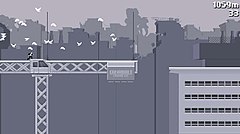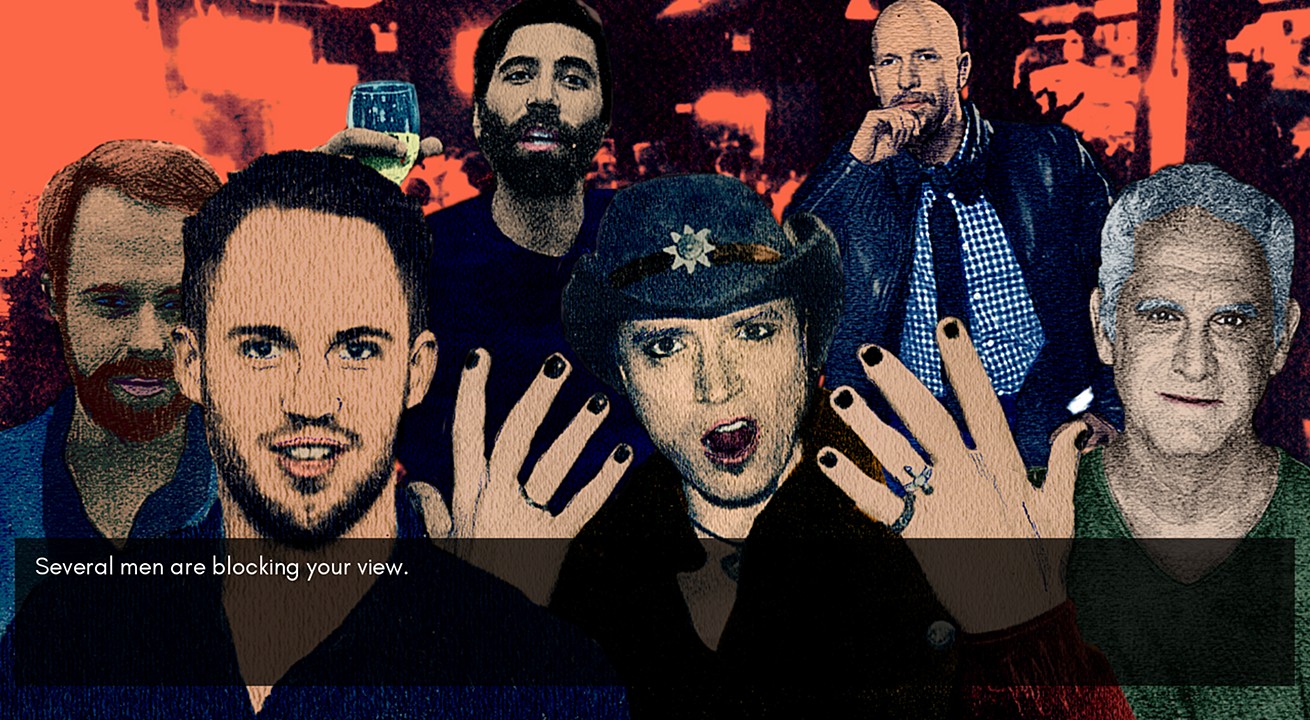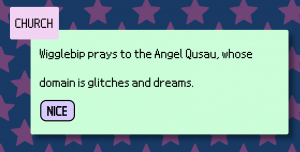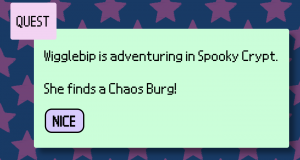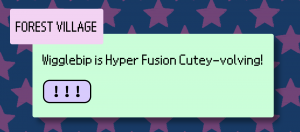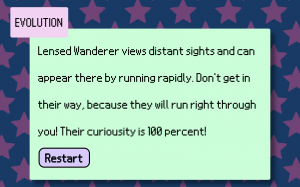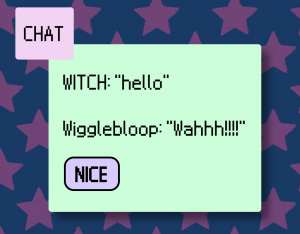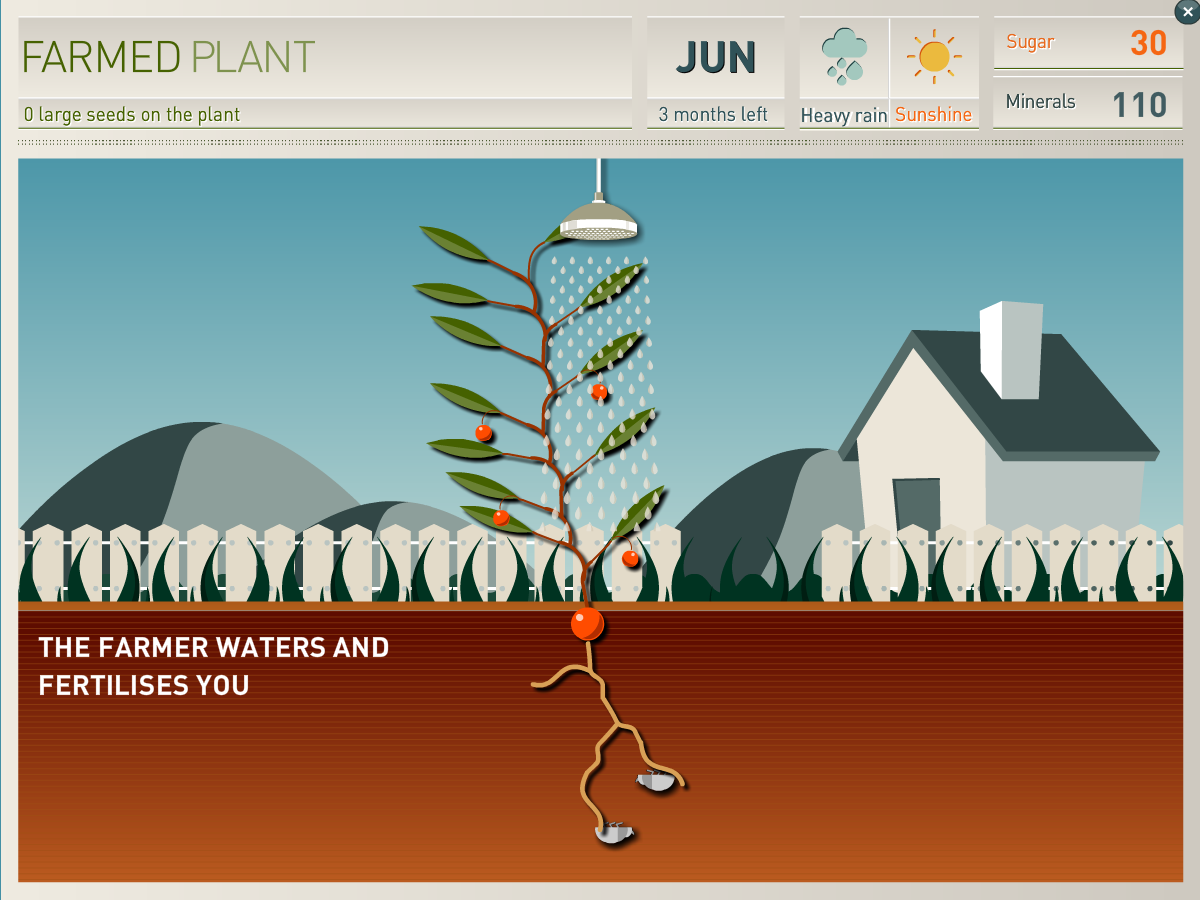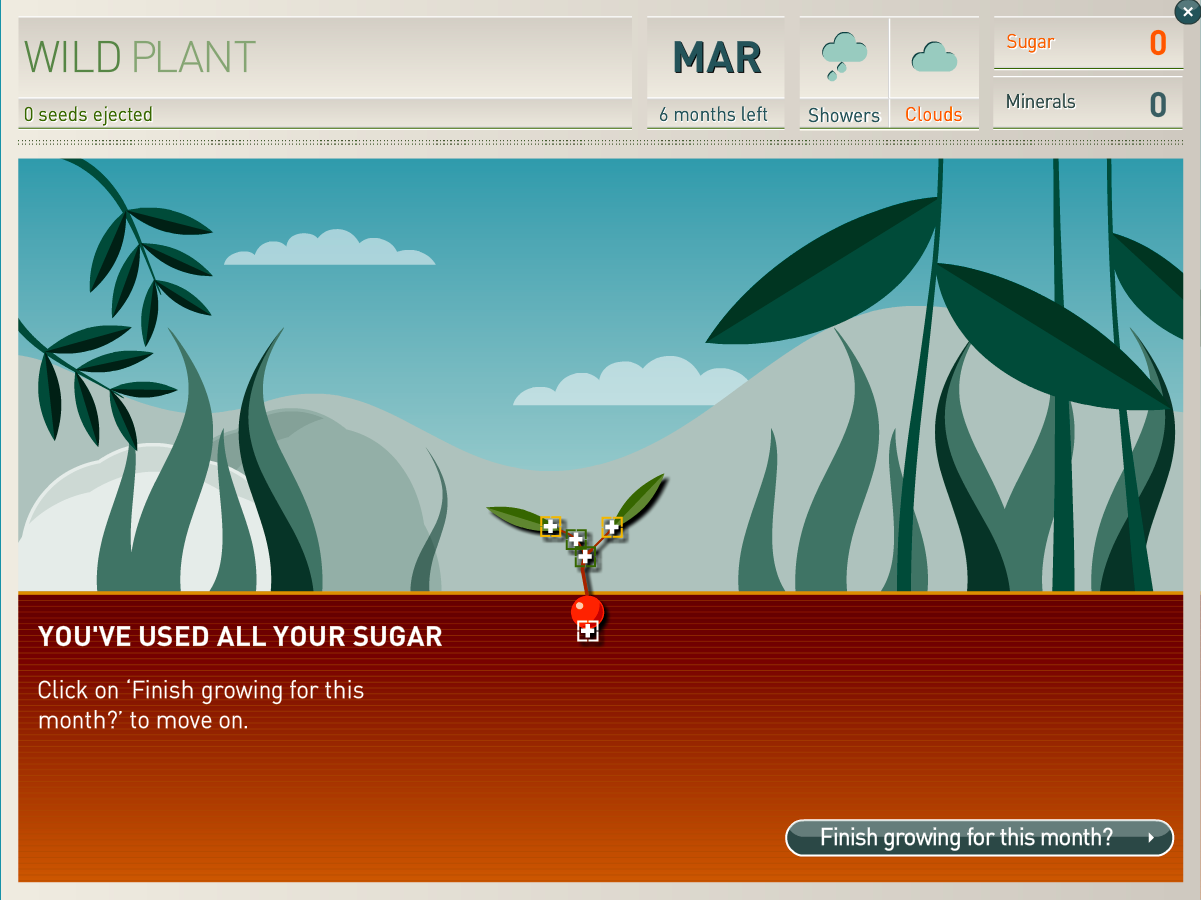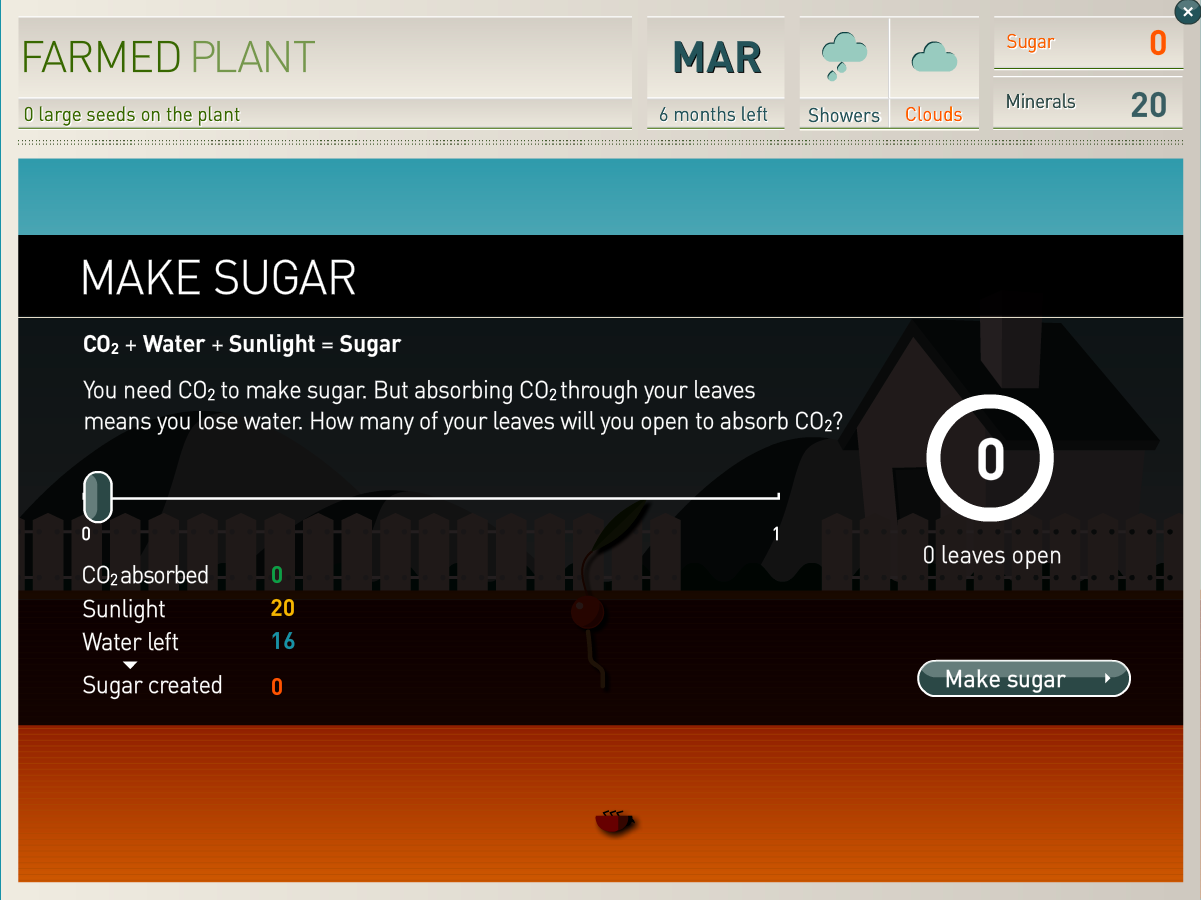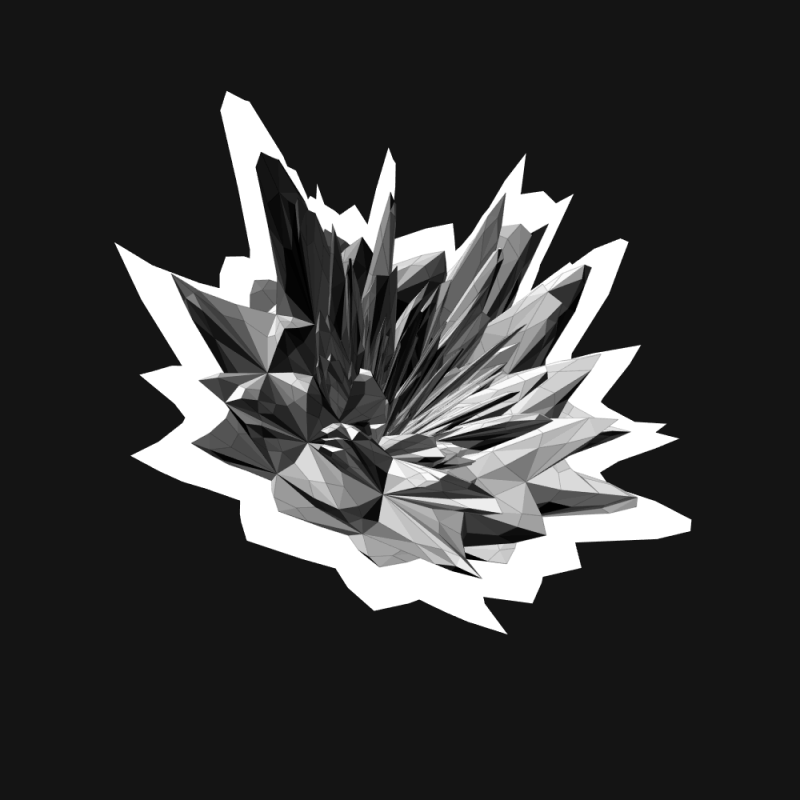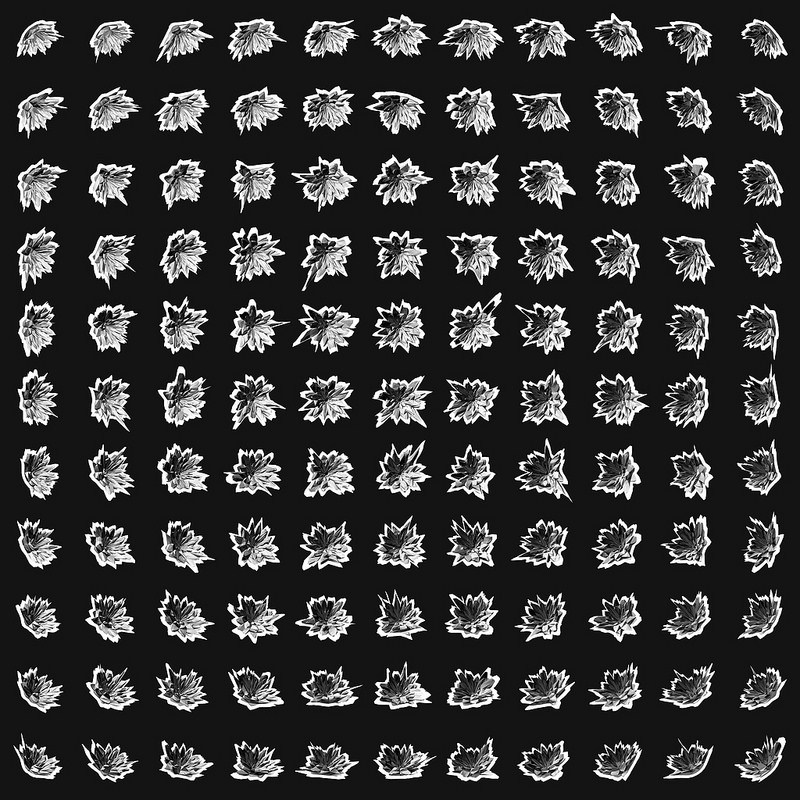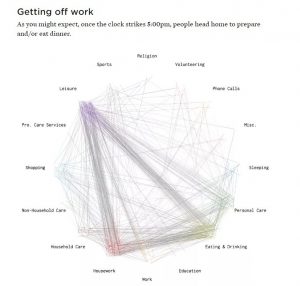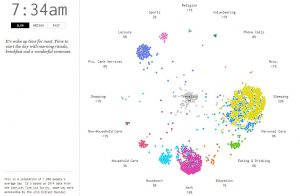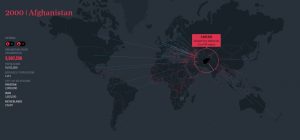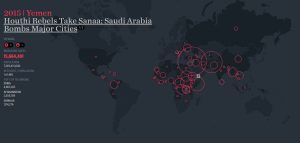For my Final Project, I want to create a generative landscape that loops in a entertaining and delightful way perhaps some interactive features with the mouse.
Two projects that I got inspiration from is from Leander and Holger’s projects.
Leander ‘s project Basecamp (2014)
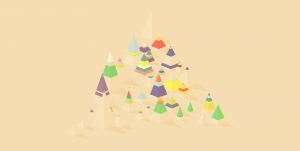
Leander’s Basecamp project is an ongoing loop of pyramids that show stripes of colors as the background changes. I really like the very predictable nature of the colors and changes. I wish there was an element of people walking around to indicate that it was a Basecamp, but I do enjoy the simplicity of the program.
Holger Lippmann’s Project NoiseScape 4 (2016)
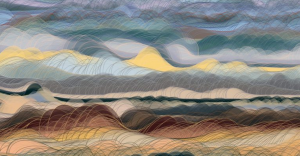
Holger’s NoiseScape is a rework of an ongoing script. It morphs slowly into a kind of “romantic” landscape painting. The technical basics are still very simple; rows of ellipses with some 2d noise and different color arrays. I admire the simplicity and spontaneity of different random lines as the more structure loop of Leander’s Basecamp.
I hope to incorporate simple colors such at Leander’s Basecamp, while adding an element of spontaneity.
![[OLD – FALL 2016] 15-104 • COMPUTING for CREATIVE PRACTICE](../../../../wp-content/uploads/2020/08/stop-banner.png)
